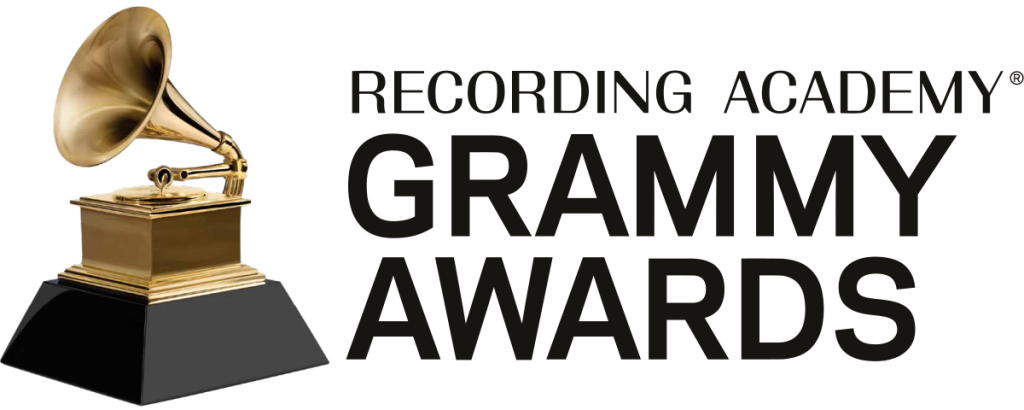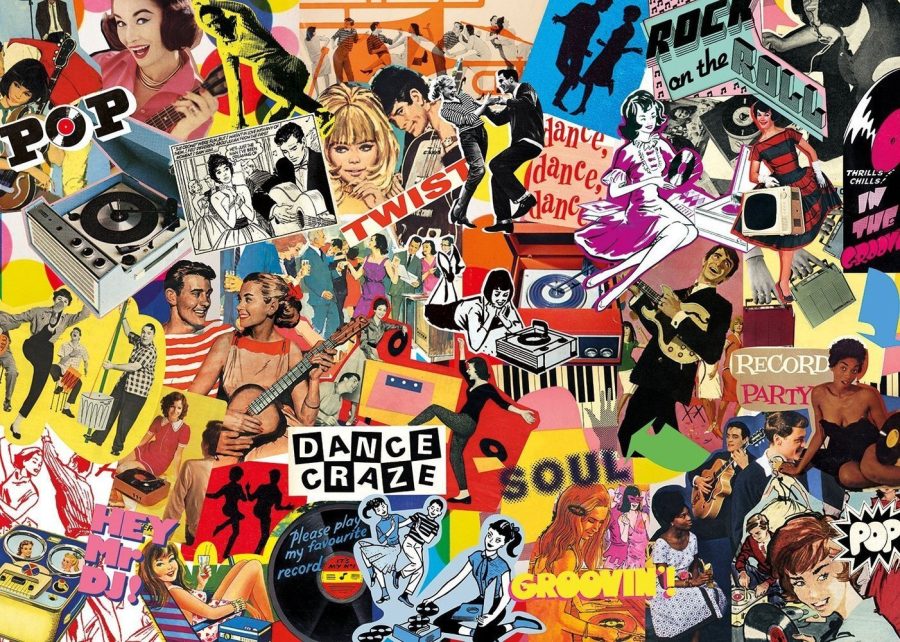what is culture industry?
first, before we dive in i’m going to tell you the definition of the culture industry – “The culture industry is the term for the production, creation, and commercialisation of creative content, whether in the form of goods or services“. this term comes from both Theodor W. Adorno and Max Horkheimer ↘

Think movies, music, TV shapes our ideas and tastes. But it’s not just about binge-watching the latest series; it’s about how cultural products are commodified and sold to us, often in predictable ways. Adorno argued that the industry turns creative works into standardized goods, making us passive consumers, rather than encouraging critical thinking.
While this might seem cynical, it’s a useful lens for examining how entertainment influences us. Sure, we might feel we’re making independent choices, but how much of our tastes are shaped by the algorithms pushing familiar, safe content? In my experience, for instance, I notice how I gravitate toward films recommended by popular platforms, perhaps proving Adorno’s point!
Yet, not everyone agrees with this doom-and-gloom outlook. Cultural theorist Stuart Hall offers a more optimistic view, suggesting that audiences aren’t just passive – they can interpret and challenge the content they’re served. In my own work, I’ve noticed this complexity, as people engage with media in diverse, often unexpected, ways.
Through reading these theories, I’ve become more aware of the power structures behind what we consume daily. The culture industry is indeed influential, but there’s space for reflection, critical thinking, and even resistance. So next time you watch that blockbuster, remember: you’re not just entertained; you’re part of a cultural system!

M U S I C
The music industry thrives on recognition, and no award holds more weight than the Grammy. Its prestige hooks both artists and audiences, shaping not only careers but also tastes. Bourdieu’s theory of cultural capital can explain this: the Grammys confer symbolic value, turning nominees into cultural elites. However, this raises questions about inclusivity and the real representation of diverse music genres.
Reflecting on this in my own work, I see how awards like the Grammys shape perceptions of what’s “worthy” in music. While they boost careers, they also reinforce narrow definitions of success, often sidelining innovative, independent artists. Research shows that while the Grammys celebrate mainstream appeal, they can exclude voices that challenge the status quo (Negus, 1992).
Personally, I find this dichotomy fascinating. On one hand, the Grammy’s allure is undeniable; on the other, it perpetuates certain hierarchies within the industry, limiting our broader appreciation of musical diversity.

T V & M O V I E
Netflix has revolutionized the TV and movie industry, hooking viewers with its algorithm-driven content curation. Adorno’s concept of the culture industry applies here, as Netflix offers mass-produced entertainment, keeping viewers within familiar, predictable genres. This reinforces passive consumption by feeding us what we’re most likely to enjoy – without challenging us to explore new ideas.
In my own experience, Netflix’s algorithm shapes my viewing habits, steering me toward mainstream content. However, Stuart Hall’s theory of active audiences suggests we aren’t entirely passive; we can choose how to interpret and engage with media. Still, Netflix undeniably wields significant cultural power, influencing global taste.
The culture industry, encompassing TV, movies, and music, wields immense influence over our tastes and perceptions. From Netflix’s algorithm shaping our viewing habits to the Grammy’s reinforcing cultural hierarchies, these platforms dictate what’s valued. Adorno’s critique highlights the passive consumption of standardized content, while Hall’s theory of active audiences offers hope for critical engagement. Ultimately, while the culture industry fosters mass appeal, it also challenges us to reflect on how we consume and interact with media.
‧₊˚✧Hope you enjoyed reading ✧˚₊‧

